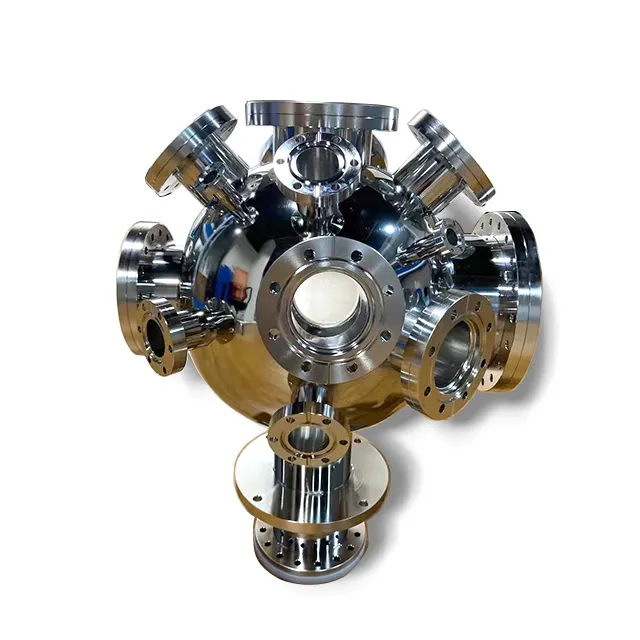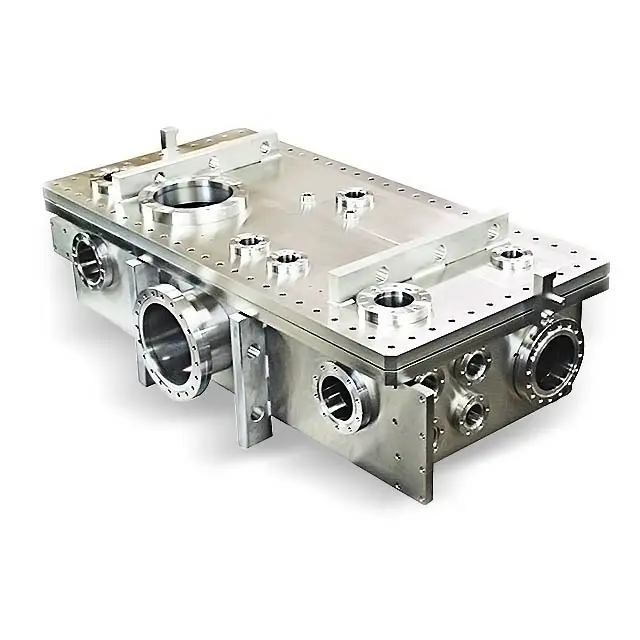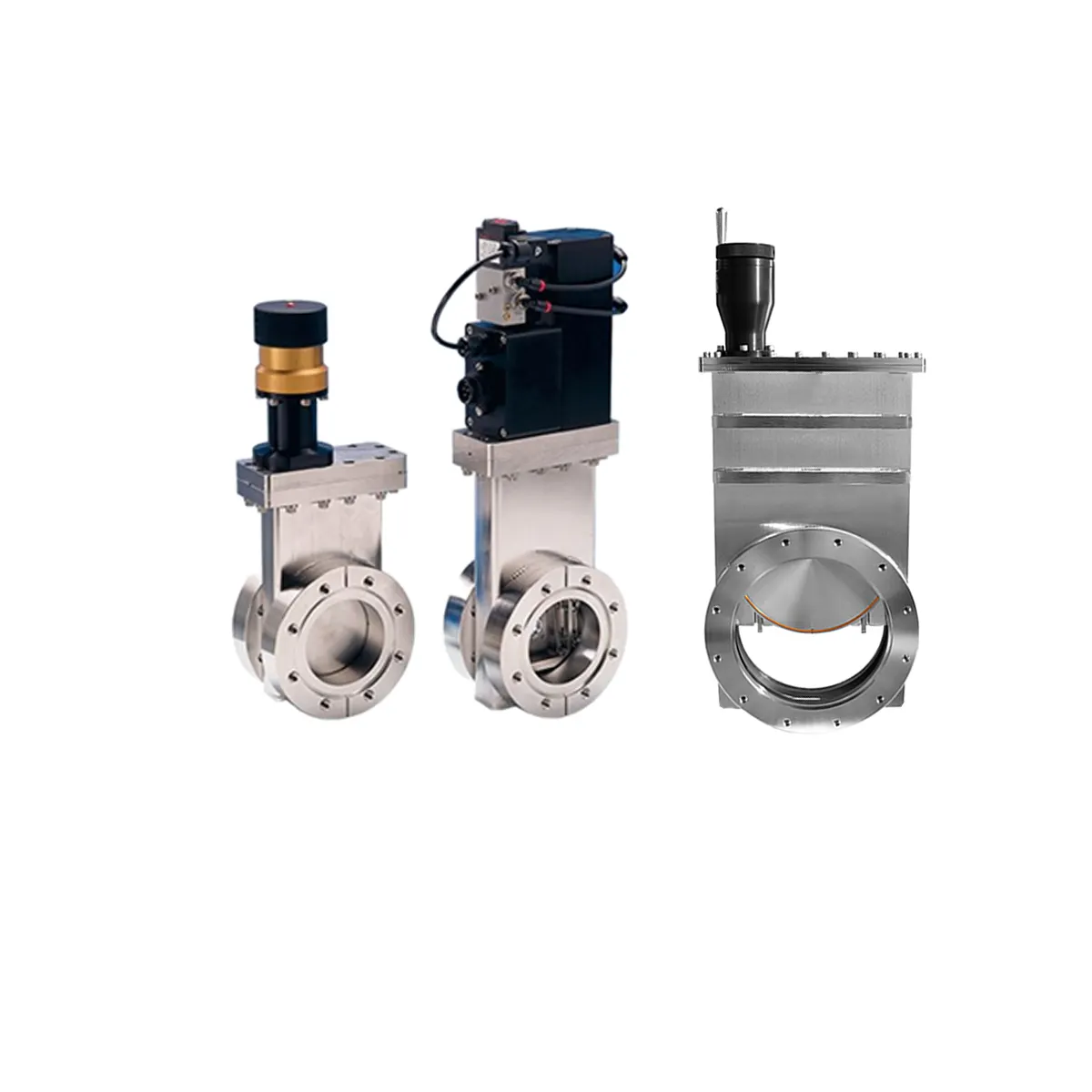vacuum heat treatment
Vacuum heat treatment represents a sophisticated metallurgical process that combines controlled heating and cooling in a vacuum environment to enhance material properties. This advanced technology removes atmospheric gases and contaminants, preventing unwanted chemical reactions during the heating process. The treatment operates by placing materials in a specialized chamber where air is evacuated, creating a pristine environment for precise temperature control and uniform heating. The process typically involves multiple stages: heating, soaking, and controlled cooling, all conducted under vacuum conditions. This method is particularly effective for treating high-alloy steels, aerospace components, and precision engineering parts. The vacuum environment eliminates the risk of surface oxidation and decarburization, ensuring superior surface finish and consistent material properties throughout the treated components. The technology allows for precise temperature control, ranging from 300°F to 2400°F, making it suitable for various heat treatment processes including hardening, tempering, annealing, and stress relieving. Modern vacuum heat treatment systems are equipped with advanced monitoring and control systems, ensuring repeatability and documentation of process parameters for quality assurance.


